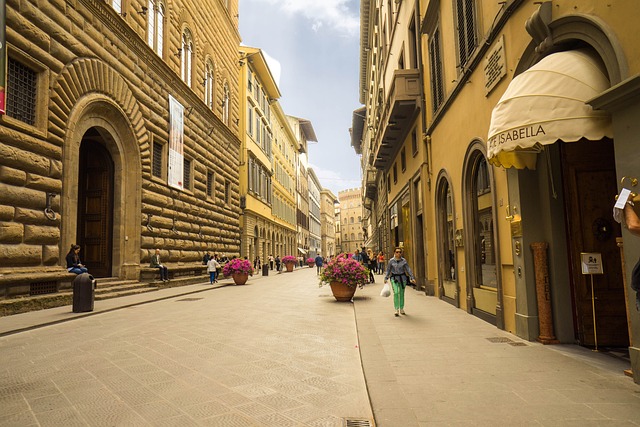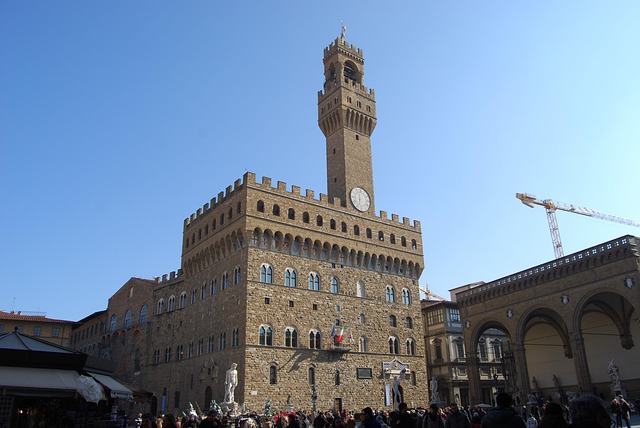Prisons significantly influence local real estate markets through their strategic locations, boosting property values and attracting businesses in nearby areas. While they can drive economic growth, proximity to prisons may also affect property values due to stereotypes or perceived crime rates. In regions with scarce land or high urban real estate prices, correctional facilities shape community growth, offering affordable housing and tailored business opportunities, impacting both residential and commercial markets.
“Prisons, often considered symbols of injustice, can surprisingly become catalysts for economic transformation in surrounding communities. This article delves into the multifaceted impact of correctional facilities on urban landscapes, exploring how they influence real estate trends and contribute to local economies.
From inmate labor programs enhancing regional businesses to the potential for symbiotic growth, we analyze the benefits and challenges. Furthermore, we examine community engagement strategies that strike a balance between economic development and social justice, offering insights from thriving communities with correctional facilities in close proximity.”
The Role of Prisons in Urban Development

Prisons, often overlooked as sources of urban development, play a surprising role in shaping the economic landscape of their surrounding areas. The construction and operation of correctional facilities have significant impacts on local real estate markets. As prisons are typically established in strategic locations considering accessibility and security, they can drive property values both nearby and in neighboring communities. This is due to the increased demand for housing and services within a certain radius, as prison populations require support structures for employees, visitors, and sometimes even family members.
Moreover, the presence of a prison can attract businesses catering to the correctional facility’s needs, fostering local entrepreneurship. These establishments contribute to the urban fabric by creating employment opportunities, increasing foot traffic, and potentially revitalizing underutilized areas. The indirect economic benefits extend to nearby schools, healthcare facilities, and retail outlets, making prisons integral players in the holistic development of a city or town.
– Exploring the impact of prison locations on surrounding areas

The location of prisons can significantly shape the economic and social landscape of surrounding areas, often with unexpected effects on local real estate. Communities near correctional facilities may experience a range of impacts. For instance, areas with well-managed prisons can attract businesses seeking prison labor, leading to increased economic activity and potential housing developments to accommodate growing populations. This influx can drive up property values and stimulate local investment.
However, proximity to prisons can also present challenges for nearby neighborhoods. Some areas may face reduced property values due to negative stereotypes associated with the facility or concerns over crime rates. It’s essential for local governments and developers to navigate these complexities, ensuring that the presence of a prison contributes positively to the region’s overall development and real estate market without perpetuating existing biases or creating further disparities.
– Real estate trends near correctional facilities

In areas with prominent correctional facilities, real estate trends often exhibit unique dynamics. Proximity to prisons can significantly influence property values and local market demands. Many investors and homeowners are drawn to these locations due to the potential for affordable housing options and business opportunities tailored to the prison population’s needs. This trend is particularly noticeable in regions where land is scarce or urban areas experiencing high real estate prices.
The presence of prisons can lead to the development of nearby residential areas, catering to families of inmates or corrections officers. Additionally, commercial enterprises may sprout up, offering services and goods specifically targeting prison residents and staff, further stimulating the local economy. These real estate dynamics showcase how correctional facilities can inadvertently shape community growth and economic opportunities in their vicinity.






